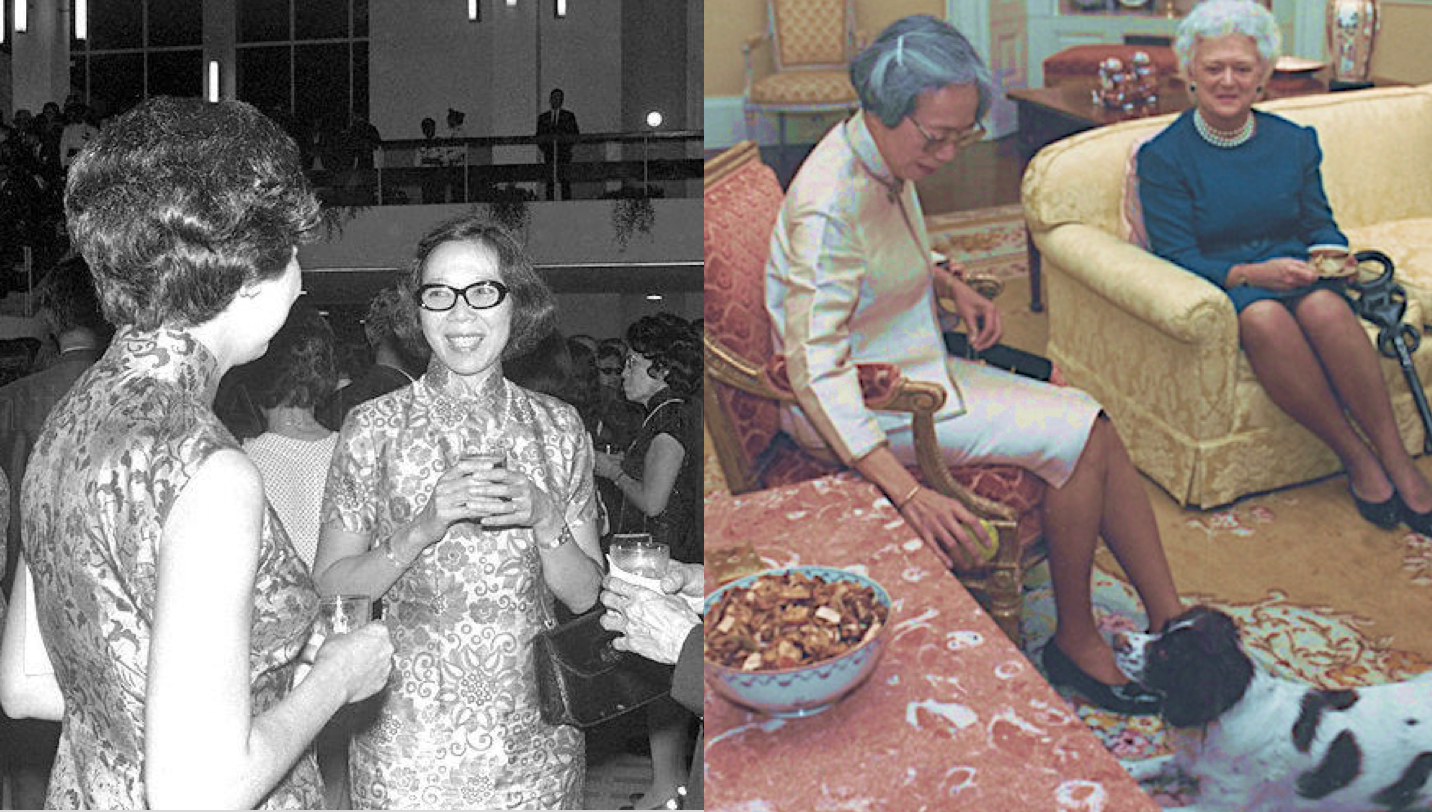The cheongsam continues to be a popular yet traditional dress today but its style as well as symbolic meaning has changed over the years.
Here, we discover its evolution in design and the change in its symbolic meaning since the early 1900s.
Evolution of the cheongsam's design
The cheongsam originated in China as a modification of the men's changpao.
It spread to other parts of the world such as Hong Kong and Singapore, where variations soon emerged to reflect the changing values of society.
In Singapore, the cheongsam grew in popularity during the 1920s and 1930s.
At that time, cheongsams were loose fitting, long dresses with traditional knotted buttons and a stiff high collar.
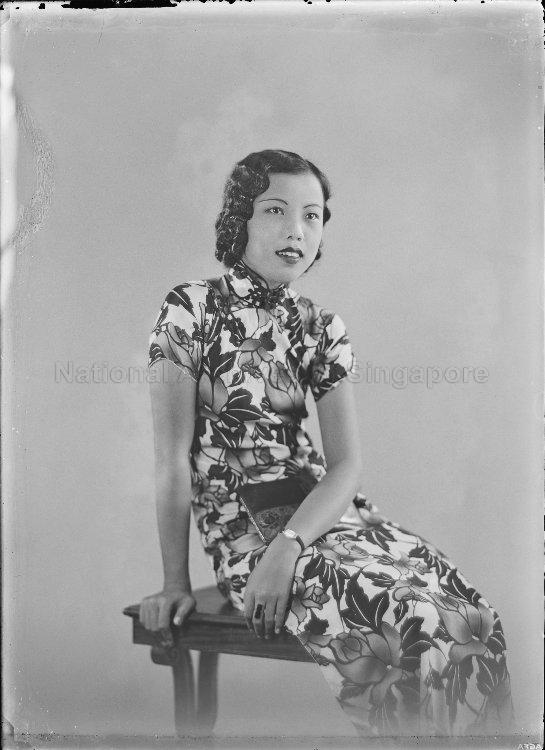 Photo from NAS.
Photo from NAS.
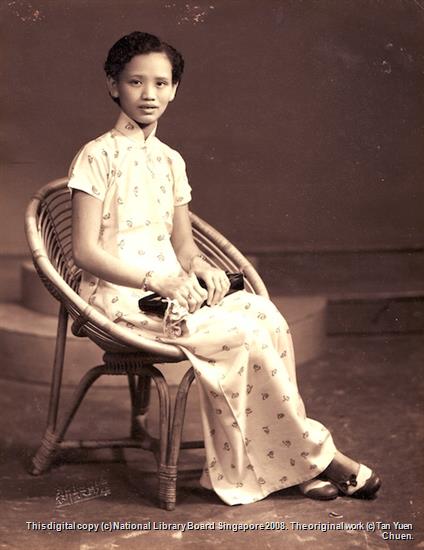 Photo from NLB.
Photo from NLB.
[related_story]
By the mid-1900s, Western influences brought about by globalisation resulted in the cheongsam becoming more form-fitting, with a higher hemline (often ending at the calf), and with higher slits.
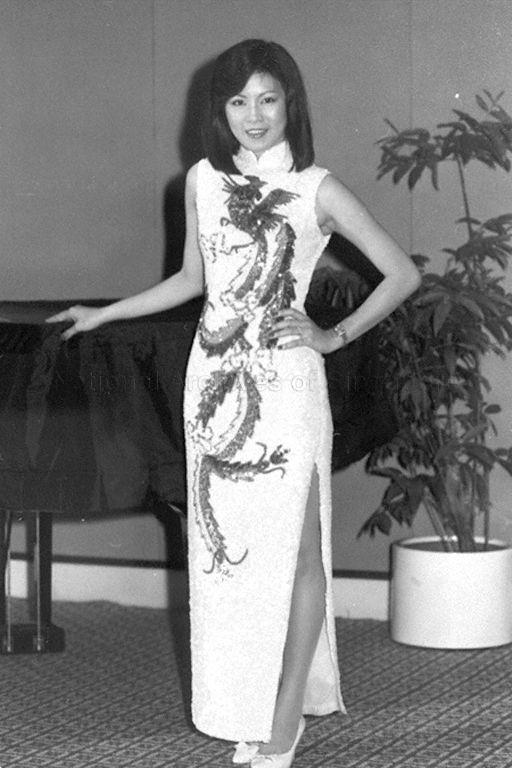 Photo from NAS.
Photo from NAS.
Modern, imported fabrics were also used due to the availability of different fabrics from overseas.
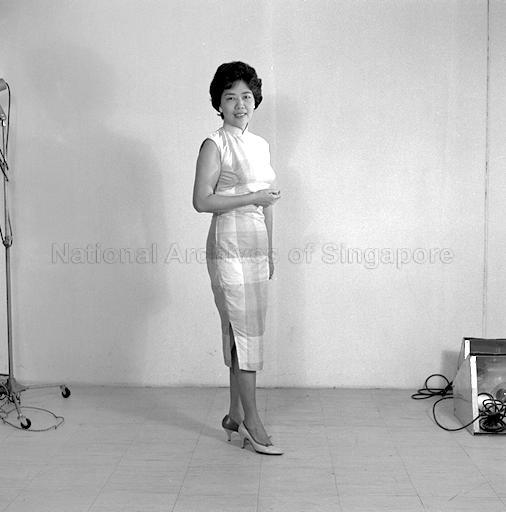 Photo from NAS.
Photo from NAS.
Today, informal variations, influenced by Western fashion, have been developed. For instance, they might be cropped into blouses, and paired with skirts or jeans.
[caption id="" align="alignnone" width="519"] Photo from Ali Express.[/caption]
Photo from Ali Express.[/caption]
The cheongsam and individual identity
The meaning behind wearing the cheongsam has also evolved.
During the mid-1900s, the cheongsam was worn by local white-collar workers as well as wealthy women in order to to mark their education and class status.
As society became more modern from the 1960s onwards, fashion soon became a way for women to assert their personal identity.
Women not only used clothes to assert their individual sense of style, but also made use of accessories and hairstyles.
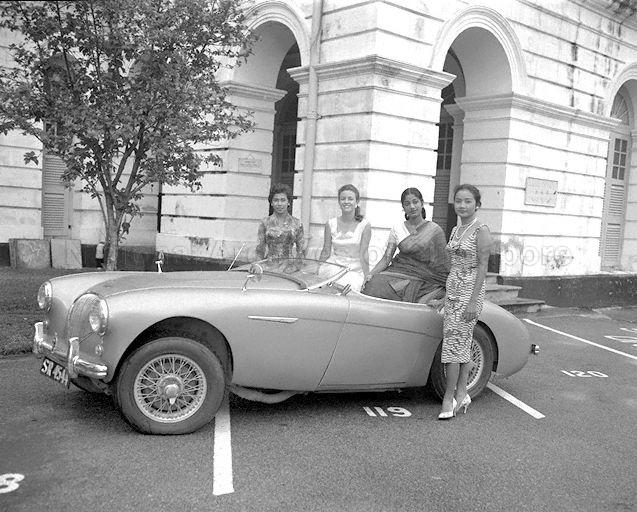 Photo from NAS.
Photo from NAS.
Clothes as a political statement
However, clothes can also become a political statement when worn by persons in power.
According to sociologist Chua Beng Huat in "On the power cheongsam and other ethnic clothes, "the cheongsam had become a marker of Chinese identity in Singapore in the 1990s.
As Singapore grew increasingly affluent, the Singapore government promoted "Asian values" (such as hard work, pragmatism and cohesion) as the cultural underpinning of economic success.
It was during this time that the cheongsam became the preferred dress for women in power.
Kwa Geok Choo and cheongsams
One prominent woman who was often seen in cheongsams is Kwa Geok Choo, the late wife of Singapore's Prime Minister Lee Kuan Yew.
Cheongsams are as a staple in Kwa's wardrobe.
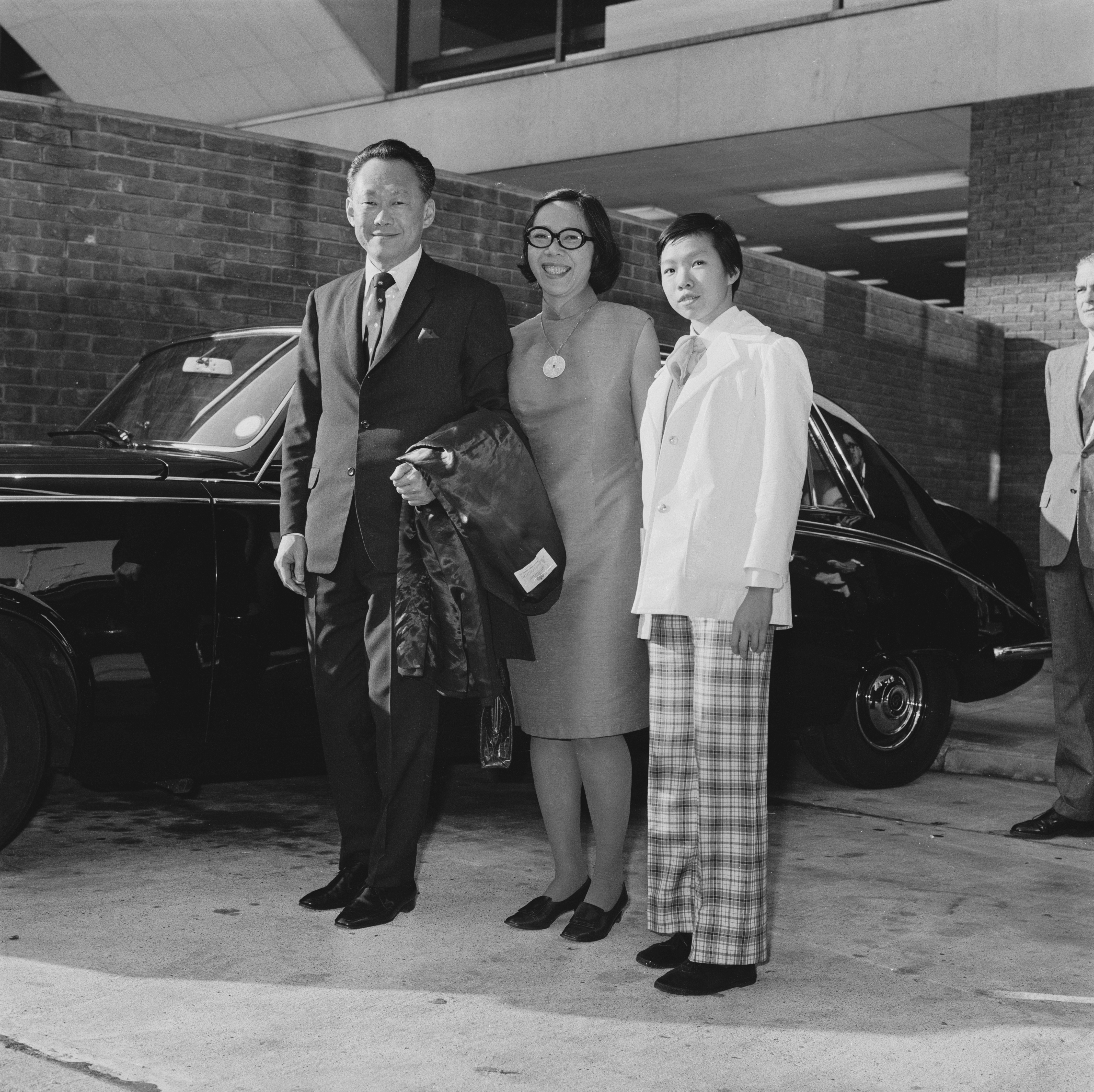 Lee Kuan Yew arrived at London Airport with his wife Kwa Geok Choo and their daughter Lee Wei Ling, UK, 30th October 1971. (Photo by Daily Express/Getty Images)
Lee Kuan Yew arrived at London Airport with his wife Kwa Geok Choo and their daughter Lee Wei Ling, UK, 30th October 1971. (Photo by Daily Express/Getty Images)
In fact, it was not only during the 1990s that Kwa could be seen wearing the cheongsam. The dress was part of her personal style, and she could be seen wearing it throughout her life.
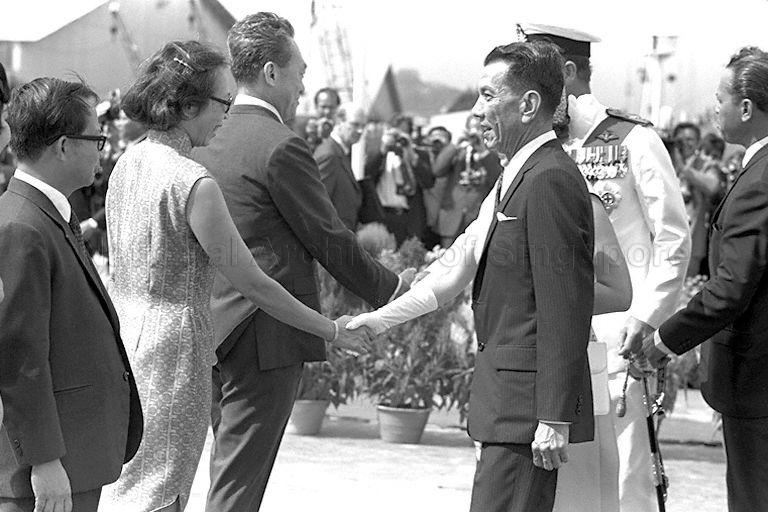 Meeting Queen Eliabeth (II), 1972. Photo from NAS.
Meeting Queen Eliabeth (II), 1972. Photo from NAS.
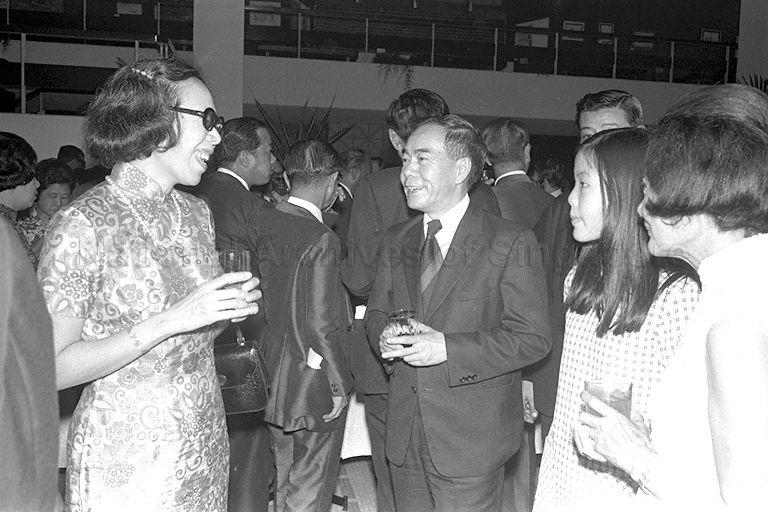 At the National Day Awards investiture, 1973. Photo from NAS.
At the National Day Awards investiture, 1973. Photo from NAS.
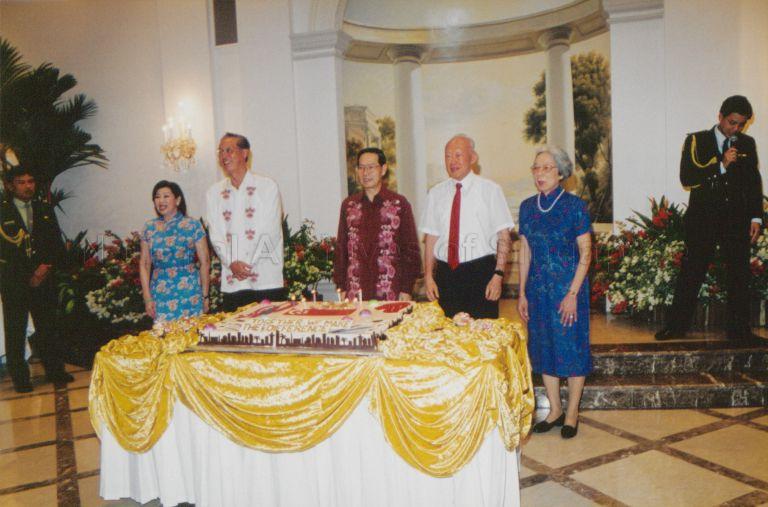 At the 34th National Day celebrations. Photo from NAS.
At the 34th National Day celebrations. Photo from NAS.
According to her tailor, Kwa preferred pastel-coloured clothes that were either plain or with minimum embellishments, and this was evident in her cheongsams.
In 1991, Kwa met Barbara Bush, the US first lady at that time, at the White House. She was accompanying Lee for a state visit to the US, and was photographed in a white cheongsam for the visit:
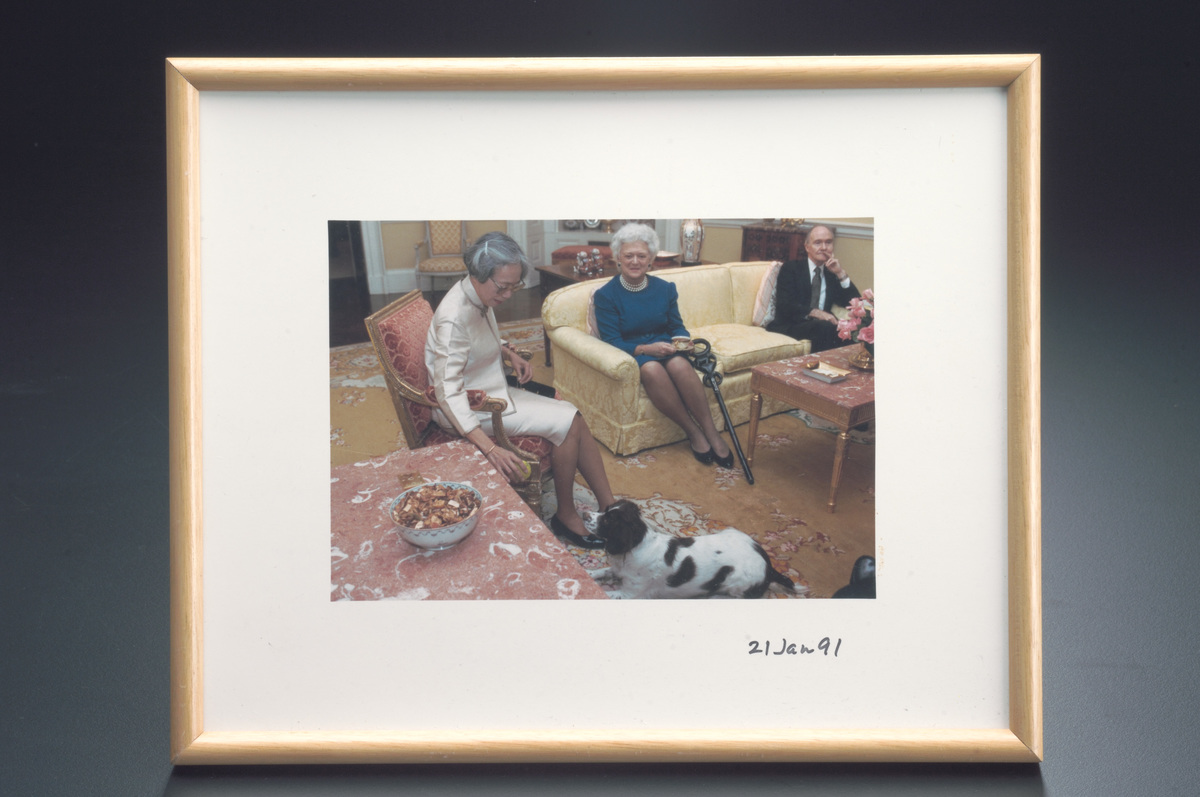 Photo from roots.sg
Photo from roots.sg
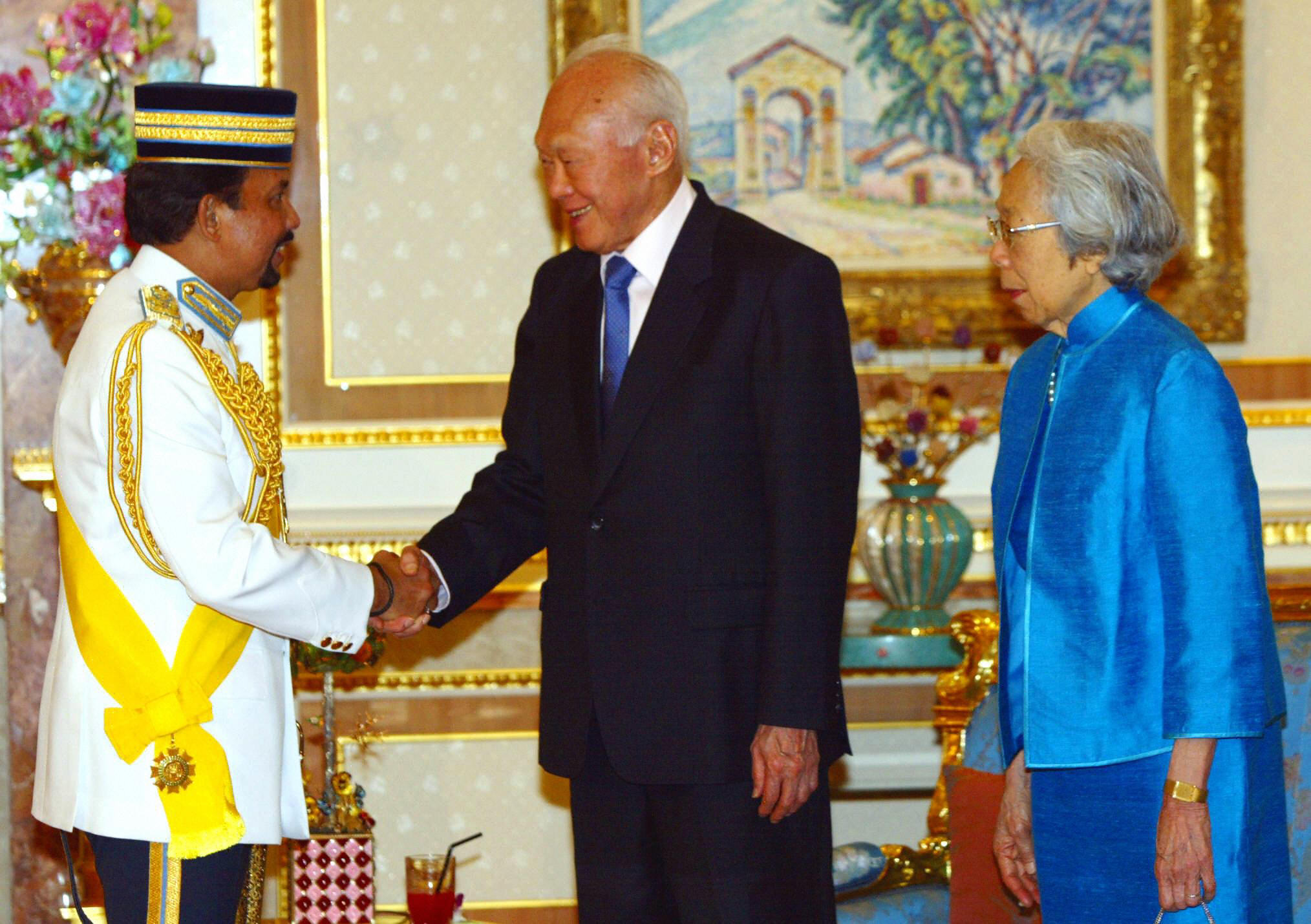 Bruneian Sultan Hassanal Bolkiah (L) shakes hands with Singapore Minister Mentor Lee Kuan Yew while wife, Kwa Geok Choo (R) looks on. 09 September 2004. (Roslan Rahman ROSLAN / AFP/Getty Images)
Bruneian Sultan Hassanal Bolkiah (L) shakes hands with Singapore Minister Mentor Lee Kuan Yew while wife, Kwa Geok Choo (R) looks on. 09 September 2004. (Roslan Rahman ROSLAN / AFP/Getty Images)
Here are some of the cheongsams she wore during important events:
For LKY's 65th birthday in 1988, she wore a pink cheongsam.
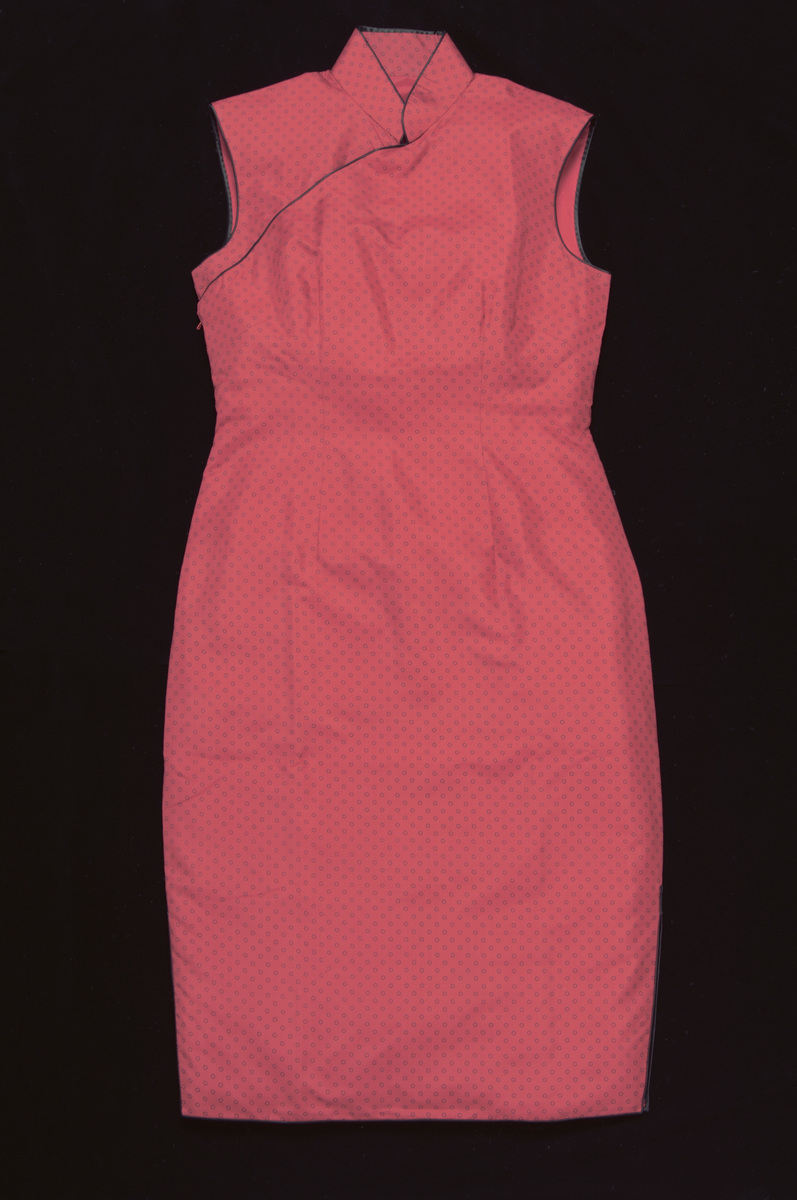 Photo from Roots.sg
Photo from Roots.sg
For his 80th birthday in 2003, she wore a brocade (fabric with a raised pattern in gold or silver thread) cheongsam:
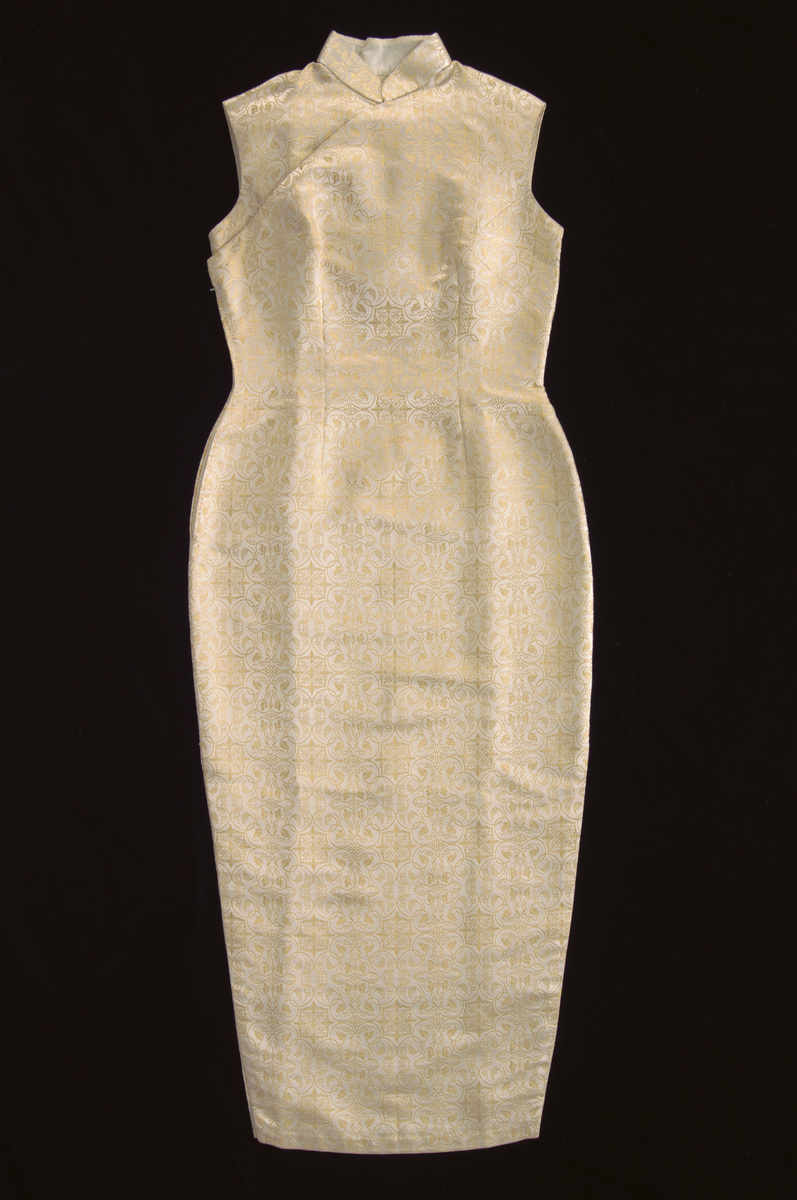 Photo from Roots.sg
Photo from Roots.sg
During Lee Hsien Loong's swearing in ceremony in 2004, she wore a white, sleeved cheongsam:
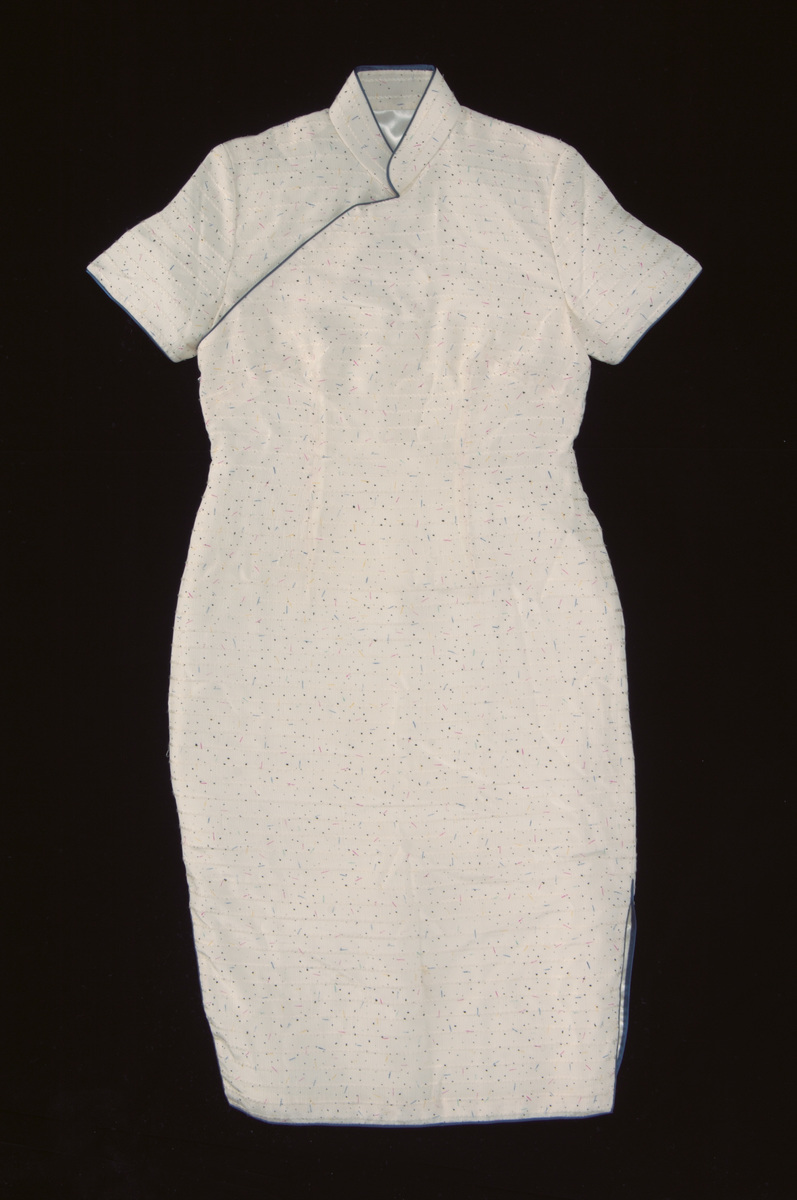 Photo from Roots.sg
Photo from Roots.sg
For some women, despite the availability of other options, the cheongsam remains their go-to formal dress option for special occasions.
However, its style has adapted over the years, and its symbolic meaning will always be influenced by its historical context.
Top photo composite image from Roots.sg and NAS.
If you like what you read, follow us on Facebook, Instagram, Twitter and Telegram to get the latest updates.
